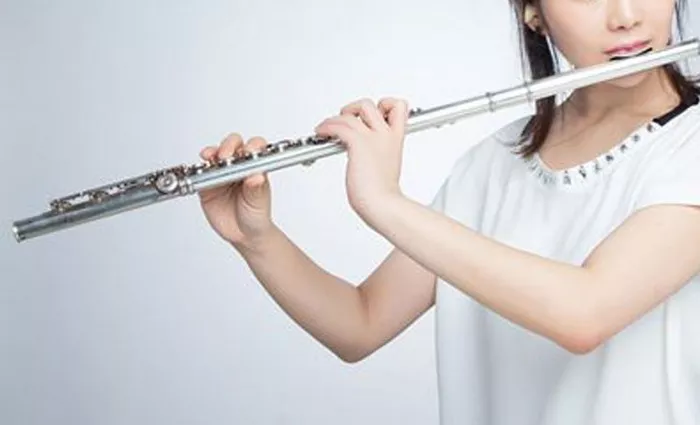The world of musical instruments is vast and diverse, offering a wide array of options for musicians of all levels. Among these instruments, the flute holds a special place as one of the most accessible and versatile choices for beginners. However, not all flutes are created equal when it comes to ease of playability. In this comprehensive guide, we will explore the factors that make a flute easy to play and help you navigate the options available, ultimately assisting you in making an informed decision as you embark on your musical journey.
The Magic of the Flute: A Brief Introduction
Before delving into the nuances of flute playability, let’s take a moment to appreciate the beauty of this enchanting instrument. The flute, a member of the woodwind family, is renowned for its elegant design, pure tone, and the simplicity of its mechanism. Its long history dates back thousands of years, and it has found a place in various musical traditions worldwide.
Flutes come in several forms, including the concert flute (or C flute), alto flute, bass flute, and more. However, for beginners, the concert flute is often the instrument of choice due to its manageable size and the wealth of educational resources available.
Key Factors in Flute Playability
When considering which flute is easiest to play, it’s essential to take into account various factors that can significantly impact a player’s experience, especially for beginners. Here are some key considerations:
1. Material:
Flutes can be made from different materials, including silver, gold, nickel silver, and various types of alloys. While advanced players may prefer silver or gold for their tonal qualities, beginners often start with nickel silver or silver-plated flutes. These materials tend to be more affordable and require less maintenance.
2. Closed Hole vs. Open Hole:
Flutes come in two main configurations: closed-hole and open-hole (also known as French-style). Closed-hole flutes have keys that completely cover the holes, making them easier for beginners to finger. Open-hole flutes, on the other hand, offer more advanced playing techniques but may be initially challenging for new players.
3. Offset G vs. Inline G:
The placement of the G key (the key for the note G) can vary on flutes. An offset G places this key slightly away from the other keys, making it more ergonomic and comfortable for many players, especially those with smaller hands. Inline G flutes have the G key in line with the other keys and are often favored by advanced players.
Closed-Hole Flutes: A Beginner-Friendly Option
Closed-hole flutes are often recommended for beginners, and for good reason. They offer several advantages that make learning the flute more accessible:
1. Finger Placement:
Closed-hole flutes have keys that completely cover the finger holes. This design simplifies finger placement for beginners, reducing the risk of air leaks and producing a more consistent tone.
2. Stability:
Closed-hole flutes provide a stable platform for novice players to build their embouchure (the way they shape their lips and use their breath to produce sound) and develop their finger dexterity.
3. Maintenance:
Closed-hole flutes are generally easier to maintain than open-hole flutes. They require less frequent maintenance and are less prone to issues related to pad sealing and key adjustment.
4. Versatility:
While closed-hole flutes are often recommended for beginners, they can still be used by intermediate and advanced players. Many professional flutists began their musical journey on closed-hole instruments.
Open-Hole Flutes: Exploring Advanced Techniques
Open-hole flutes, also known as French-style flutes, have uncovered finger holes, allowing players to create a unique set of tonal colors and effects. While they are not typically recommended for absolute beginners, they offer distinct advantages for more advanced players:
1. Tonal Flexibility:
Open-hole flutes allow for techniques like half-holing, quarter-tones, and harmonics, expanding the range of tonal possibilities. These techniques are more challenging to execute and are typically explored by intermediate and advanced players.
2. Articulation:
Open-hole flutes enable greater control over articulation, allowing players to experiment with a wider range of sounds and expressive effects.
3. Extended Techniques:
Advanced players often use open-hole flutes to explore extended techniques, such as multiphonics (producing multiple notes simultaneously) and microtonal playing.
Seeking Professional Guidance: The Role of a Teacher
Choosing the right flute can be a daunting task, especially for beginners. One of the most valuable resources you can tap into is the expertise of a flute teacher. A qualified flute instructor can provide guidance on selecting the appropriate instrument based on your skill level, goals, and physical attributes.
See Also: How to Play Jazz Flute: A Step-by-Step Guide
Conclusion: Your Journey with the Flute
Selecting the easiest flute to play is a crucial decision for beginners, as it can significantly impact your initial learning experience. While closed-hole flutes are often recommended for their beginner-friendly features, the choice of a flute ultimately depends on your personal preferences, goals, and physical attributes.
In the end, whether you choose a closed-hole or open-hole flute, what matters most is your dedication, passion, and commitment to learning and mastering this captivating instrument. Your journey with the flute is a rewarding and fulfilling endeavor that will bring joy and music into your life for years to come.


